Primordial Dwarfism is a rare condition in which the body grows proportionately, but minimally. It is estimated that there are probably less than a hundred cases of primordial dwarfism in the entire world. The condition begins to develop while the fetus is in the womb. Individuals with the condition are born with low weight and height. Primordial dwarfism occurs in five different ways: Russell-Silver syndrome, Seckel Syndrome, Meier-Gorlin Syndrom, Majewski Osteodysplastic Primordial Dwarfism Types I and III and Majewski Osteodysplastic Primordial Dwarfism Type II. The latter is the most severe form of the condition, and might be accompanied by vascular problems. In some cases, those with this condition have distanced themselves from society as a result of perceived negative societal attitudes towards the condition. In rare cases, individuals have ended up as circus freaks or side shows.
Causes
The causes of the condition are as yet not fully understood. The condition occurs not as a result of nutritional deficiency or growth hormone deficiency. It is believed that the condition occurs as a result of genetic factors. The child gets the gene from both parents - it is possible that neither of the parents display any indication of themselves having the condition. If theses parental genes combine appropriately, the condition might occur. The genetic theory is thought to be valid as a result of the existence of families with more than one children that has the condition.
Indications and symptoms
Symptoms begin to develop in utero. The mother’s belly might not grow as expected, or a small fetus with proportional growth might be identified by ultrasound. Labour pains and premature birth might also be indications. After birth, the newborn will be less than sixteen inches tall and might have significant bone problems, a high-pitched voice and microcephaly.
Treatment
No known cure has yet been recorded with regard to primordial dwarfism. Administering injections of either growth hormones or added nutrition will be ineffective. This is because the condition is not caused by lack of growth hormones or a nutritional deficiency. As indicated earlier, the cause of the disease is unknown; as a consequence, this means that no cure or treatment has been found. Treatment for the condition generally revolves around minimizing the peripheral problems and complications that might occur as a result of the condition. Problems and complications include joint problems, visual difficulties and spinal difficulties. Infants with the condition might also have problems with feeding.


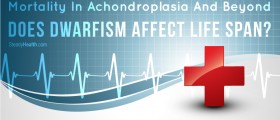
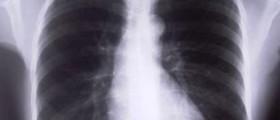




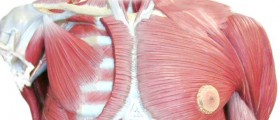


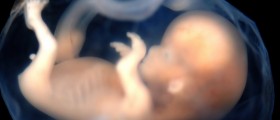

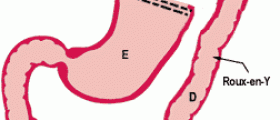



Your thoughts on this
Loading...